
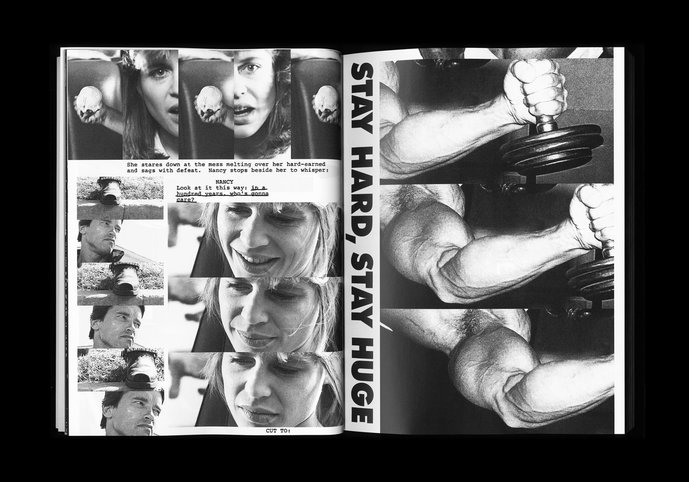
HARD BODIES, T1: Scene: 26A / Chapter 1: THE MEN (© Yannick Nuss)

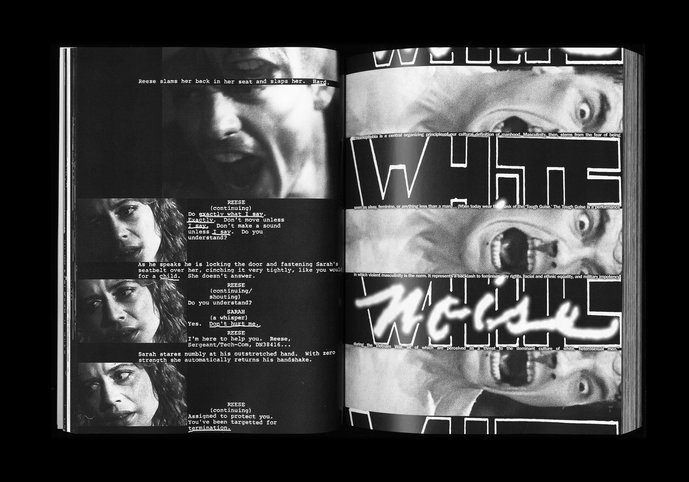
HARD BODIES, T1: Scene: 114 / Chapter 1: THE MEN (© Yannick Nuss)

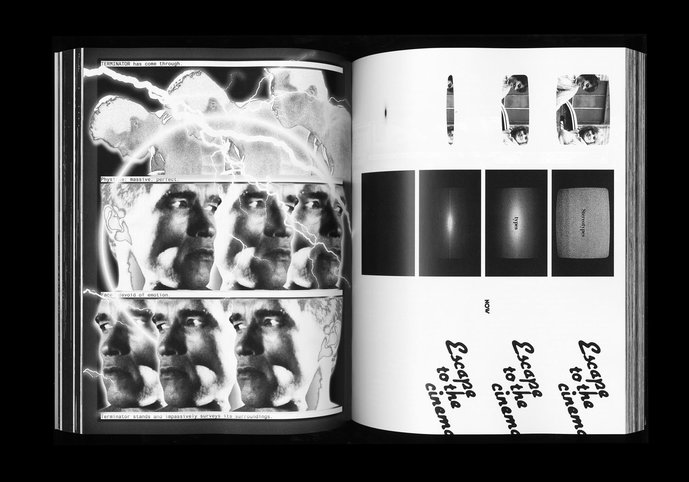
HARD BODIES, T2: Scene: 7 / Chapter 2: THE WOMEN (© Yannick Nuss)


HARD BODIES, T2: Scene: 20 / Chapter 2: THE WOMEN (© Yannick Nuss)

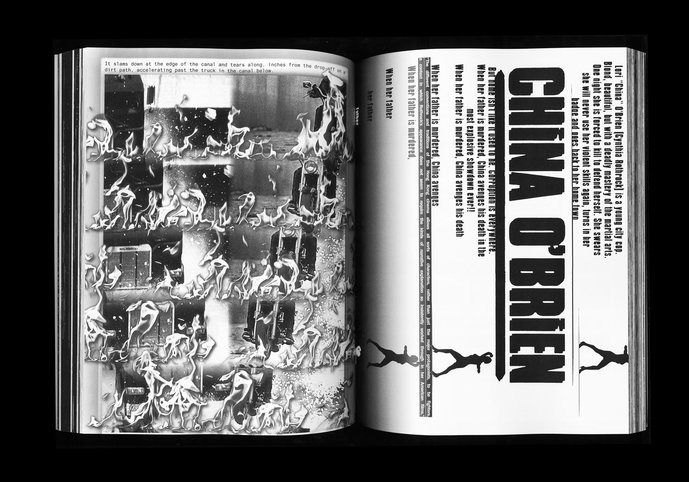
HARD BODIES, T2: Scene: 47E / Chapter 2: THE WOMEN (© Yannick Nuss)

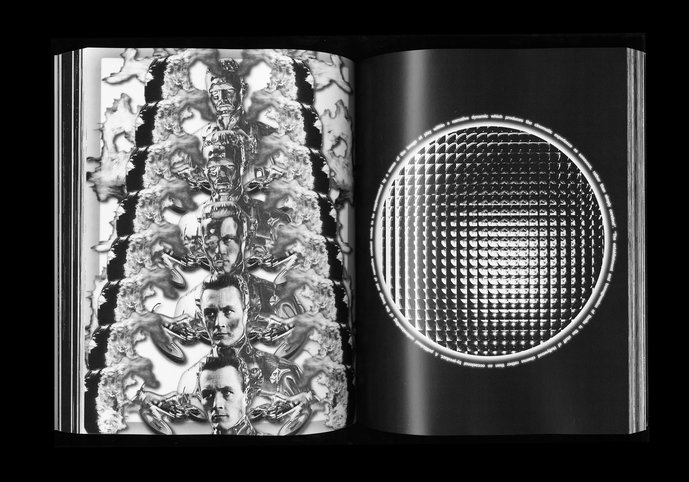
HARD BODIES, T2: Scene: 47L / Chapter 2: THE WOMEN (© Yannick Nuss)

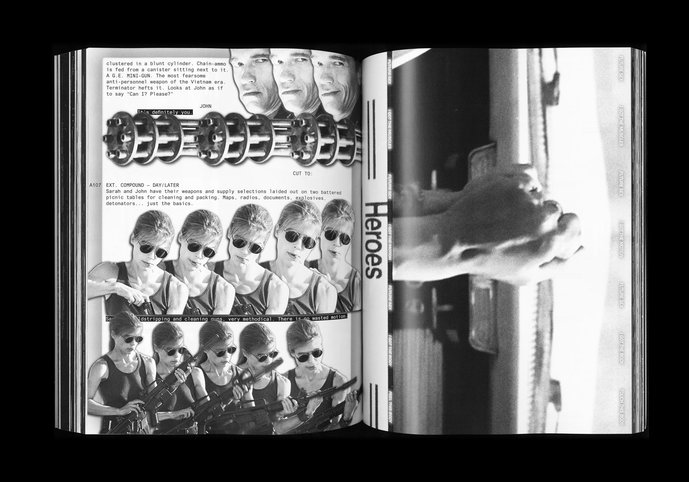
HARD BODIES, T2: Scene: A107 / Chapter 2: THE WOMEN (© Yannick Nuss)

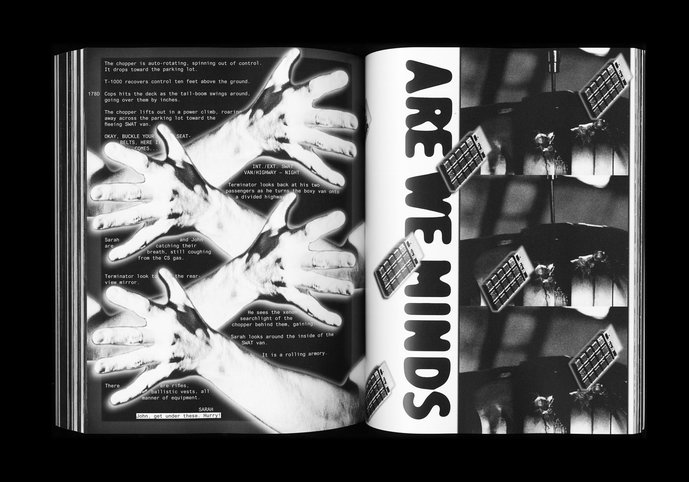
HARD BODIES, T2: Scene: 178D / Chapter 2: THE CYBORG (© Yannick Nuss)

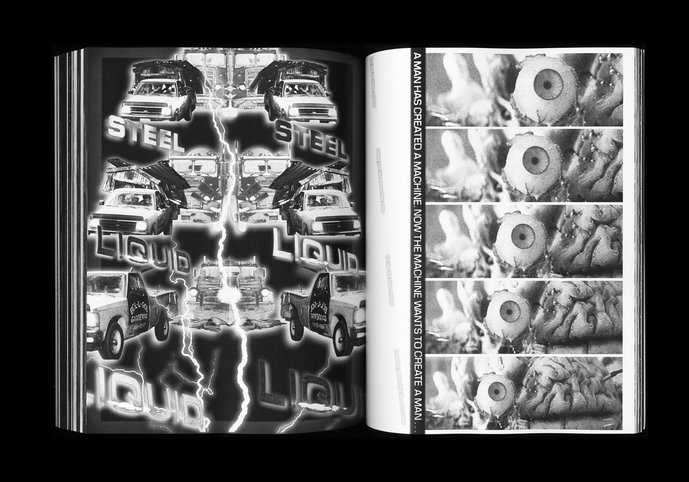
HARD BODIES, T2: Scene: 186 / Chapter 2: THE CYBORG (© Yannick Nuss)


HARD BODIES, T2: Scene: 210A / Chapter 2: THE CYBORG (© Yannick Nuss)
The body as a means of staging or mise en scène has been one of the most important narrative tools since the beginning of film. Movement, expression and presence turned the cinema into an immersive, physical experience. The body of the actor/actress and the actor/actress as a body constitute the focus of Yannick Nuss’ work.
HARD BODIES uses film-scientific analyses and cinematographic staging techniques to attempt to re-examine the phenomenon of the American action film of the 1980s from a gender-scientific, socio-cultural and political perspective. The focus of the book is primarily on the visual presentation of male, female and artificial (cyborgs) performers and their references to social and political developments. HARD BODIES is understood as a cinematic space in which the use of movement and physicality is made perceptible.
The end of the Vietnam War and the resulting moral crisis in America, the Watergate scandal and the Carter years shaped the self-image of the male America. With the election of Ronald Reagan in 1981, a rethinking began. "Reagonomics" and Reagan’s self-expression as the ultimate macho president were reflected in the cinema of that time. In the wake of the emerging popularity of bodybuilding in the late 1970s and early 1980s and the incipient fitness hype and body cult, muscle-bound heroes now dominated the cinema screens to defend the ideals of a strengthening America. At the same time, with the emergence of the second and third feminist movements, the ERA and the Women’s Rights Movement, an even more conscious and public discussion on the role of women in society began. Mainstream action films began to include women as active characters in their narratives, which led to a shift from the passive victim role that had been defined until then, to an independent type of character within the genre: the action heroine. With her unexpectedly self-confident appearance, the action heroine prompted both viewers and critics to discuss topics such as gender boundaries, body and gender representations and role clichés. Both developments have an impact on the popular cinema of the 1980s and lead to a duality within the genre. Nuss follows the development of the white, male hero in action films until his transformation in the 1990s to a new type of hero, the father figure. At the same time, the rise of the action heroine is illuminated, contextualized and questioned in terms of film theory. Contemporary documents, magazines, interview fragments and advertisements are collaged with scenes, movie characters, stereotypes and role clichés.
These considerations are juxtaposed with the screenplays of the two Terminator films (The Terminator (1984), Terminator 2: Judgment Day (1991)). James Cameron (who later made Aliens (1986) and finally established Sigourney Weaver as an action heroine) transformed Arnold Schwarzenegger, the ultimate embodiment of the figure of the white, muscular, male action hero into a futuristic killer machine. The hitherto customary portrayal of a hero has now become a threat to all of humanity. At the same time during the course of the film he also leaves all other male hero roles behind, to present to us the real heroine of the film: Sarah Connor (Linda Hamilton). With Terminator 2, seven years later, this development continues and Sarah Connor is undoubtedly established as an action heroine, while the killer robot played by Arnold Schwarzenegger finally assumes the role of the caring father figure. Through this parallelism, both films can not only be read as commentaries on the genre and the social landscape, they also serve as the starting and endpoint of an era of American cinema and pop culture, respectively.
The last third of the book explores the concept of the cyborg within the action narrative, specifically its role embodied by muscular female and male performers, to question them in the context of Nuss’ previous research on gender representation. Unfortunately, binary gender segregation based on fixed role models forms the basis of filmic staging and film-theoretical analyses. The cyborg offers the opportunity to overcome them. Donna Haraway’s A Cyborg Manifesto and Judith Butler’s Gender Trouble are the foundation for speculations about the possibilities of artificial post-gender beings that cross gender boundaries.
The presentation of the content is not bound to a classical book structure, but it is based on visual and especially cinematic representations of 1980s action movies. HARD BODIES is conceived as a filmic space in which the use of movement and physicality is made tangible. In the foreground is an overall narrative that, instead of a didactic content mediation, follows a self-contained, cinematographic flow that revolves both around and with the body. Characters from action films, real personalities from American politics, film theory and gender studies have their say and become actors within the overlapping narrative strands of the book.
Publication
Author/Design: Yannick Nuss
Supervision: Sereina Rothenberger, Rebecca Stephany
Release: 2019
Spector Books Leipzig
US-Letter (215,9 mm x 279,4 mm)
600 pages
softcover
English language